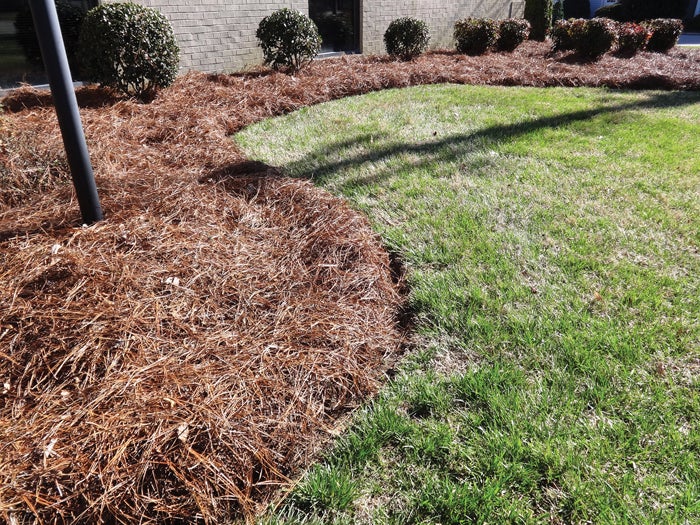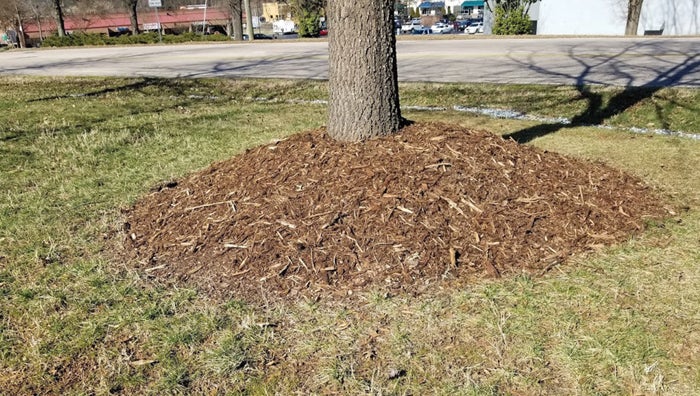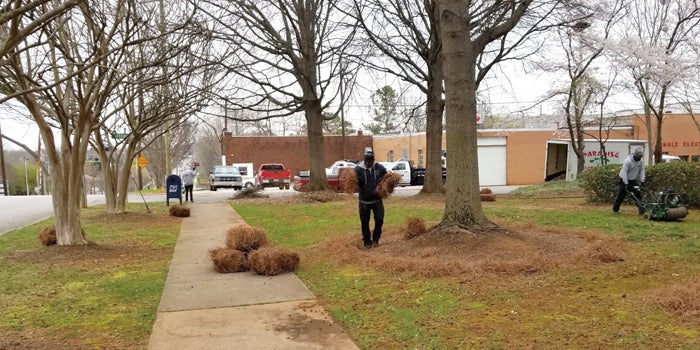Get out there and spread some mulch
Published 12:00 am Friday, February 1, 2019
Mulch is a considered a normal aspect of landscaping. Now is an excellent time to apply mulch around trees, shrubs and barren landscape areas.
Pine needles, bark nuggets, ground limbs, twigs and wood shavings are often used as mulching materials. Avoid using mulch containing freshly ground material with green wood or cellulose such as ground limbs, sawdust, twigs etc. Mulch with these materials attracts termites.
Pine needles, bark nuggets and composted material do not have viable live cellulose necessary to attract foraging termites. Compost freshly ground mulch to avoid this problem.
Some landscapes have also resorted to implementing mulch volcanos, composed of often a foot or more mulch forming a cone around the trunk of the tree. Mulches decompose at different rate and with excess moisture, that can lead to root rot and deprive roots of oxygen.
This excess mulch breakdown can produce heat reaching temperatures above 140 degrees and may directly kill the inner bark/phloem layer of young trees. The volcanos encircle the trunk and choke off the tree’s main roots, especially shallow rooted trees such as maples. This mulching practice should be avoided.
Also, avoid applications of fine mulch such as rotted sawdust or fine bark. These often create problems with oxygen penetration for root growth and can cause potential water problems. Another mulch to avoid is freshly mowed grass clippings. These used as mulch often form a “thatched roof effect,” prohibiting water penetration. Compost grass clippings and blend with other coarse materials before using as mulch.
Mulch should be applied 4 to 6 inches deep over clean, weed-free soil. The ground should be bare and free of weeds before mulch is applied.
Landscape fabric or geo-textile material placed under the mulch retards and prevents germination of some weed species. However, this material will not prevent growth of Bermuda grass. Bermuda grass, nutsedge and other perennial weeds or grasses must be eliminated before applying geo-textile materials.
Black plastic should never be used as permanent mulch in landscape plantings. Black plastic allows little water and no oxygen penetration for root growth. Trees and shrubs do poorly when black plastic is used with mulching materials. Bermuda grass easily penetrates plastic, creating a nightmare to maintain.
Other materials such as crushed brick, gravel, lava rock or pebbles can be successfully used as mulching material if they compliment the design. Use of inorganic materials, in many situations, requires ground cloth or some geo-textile material to prevent red mud from staining inorganic mulch such as white rock.






